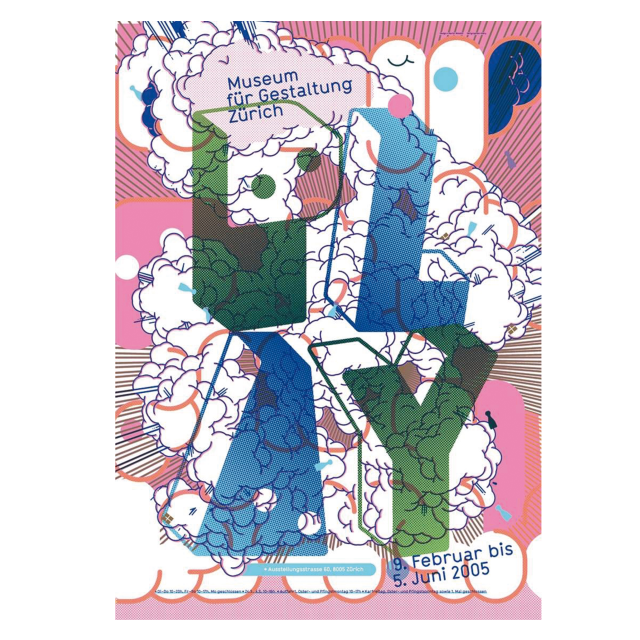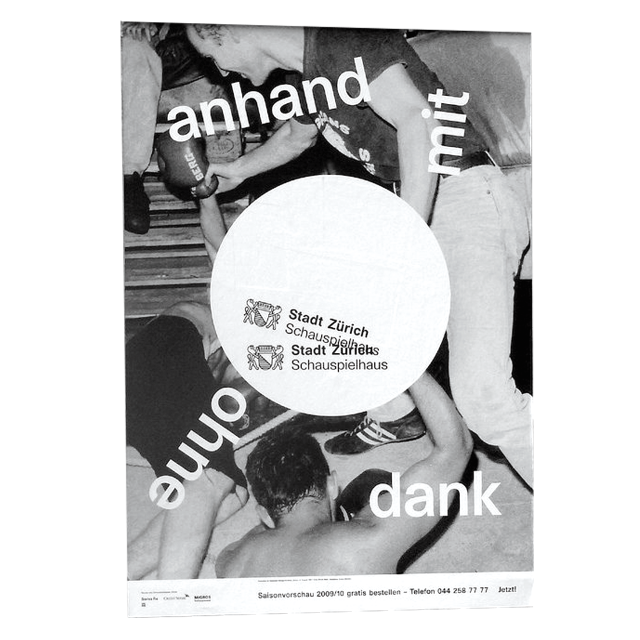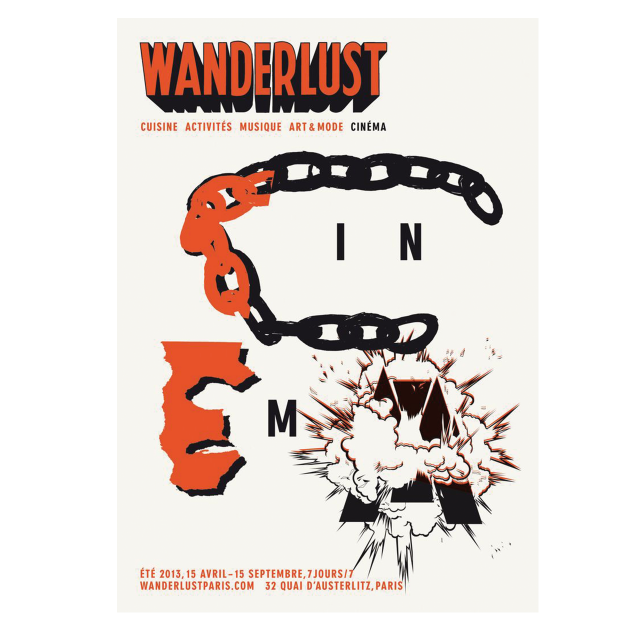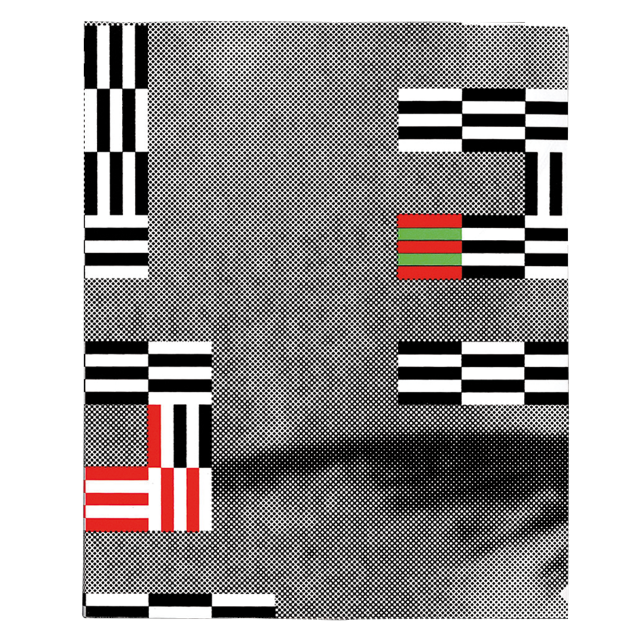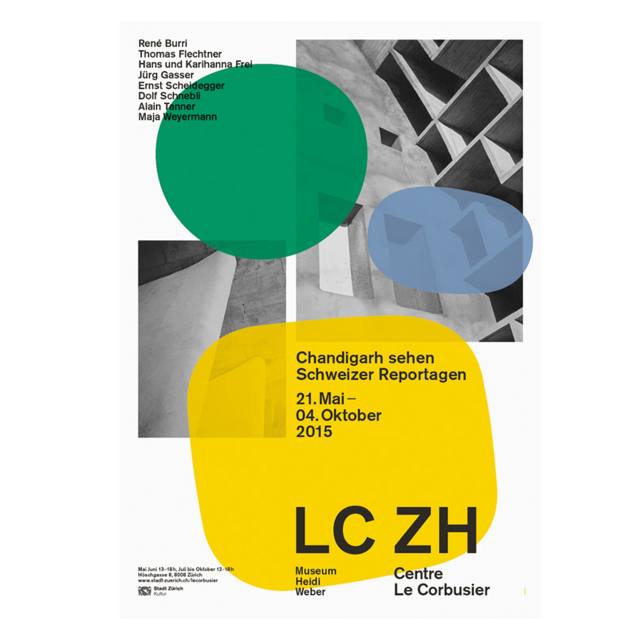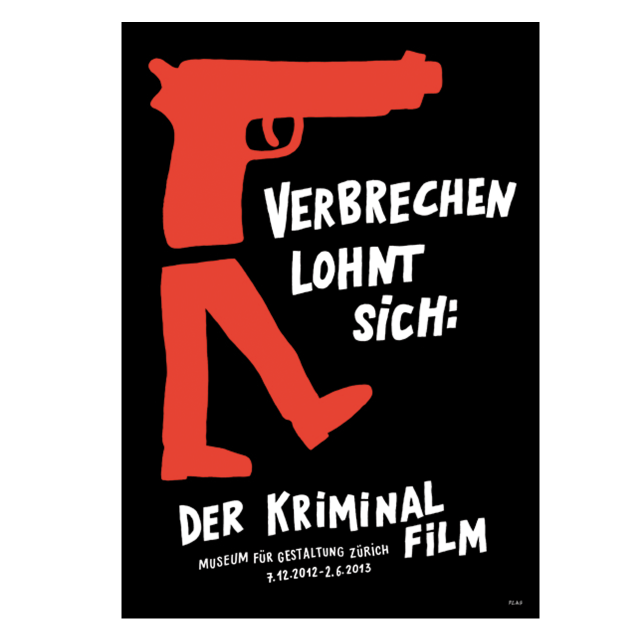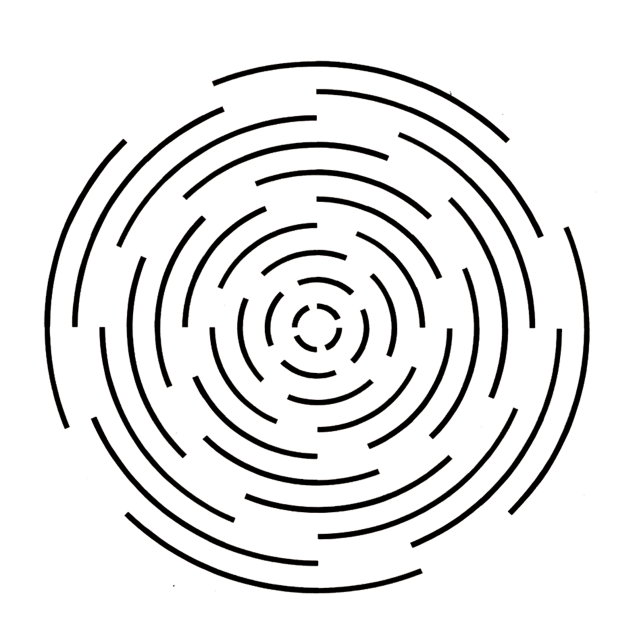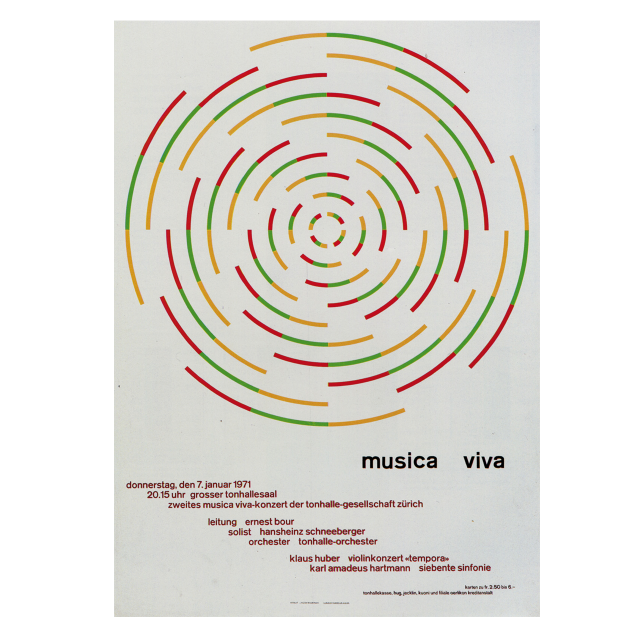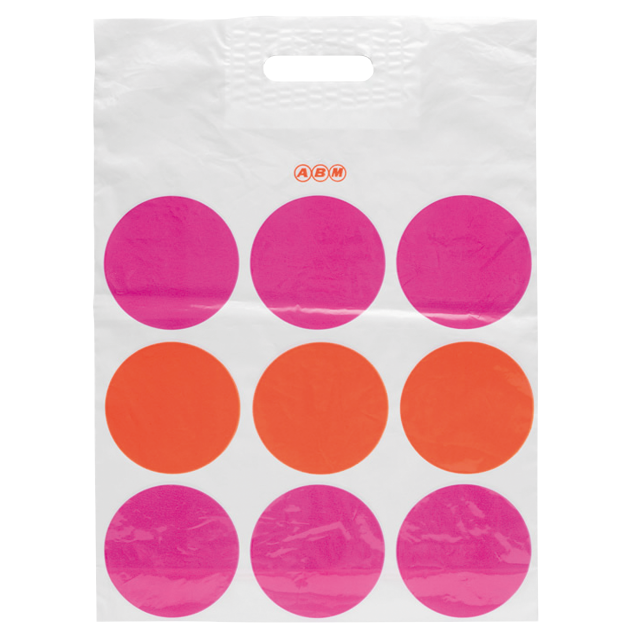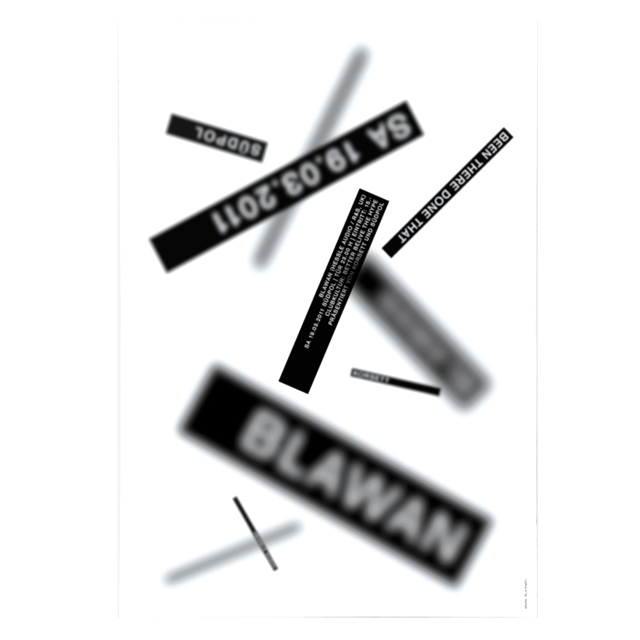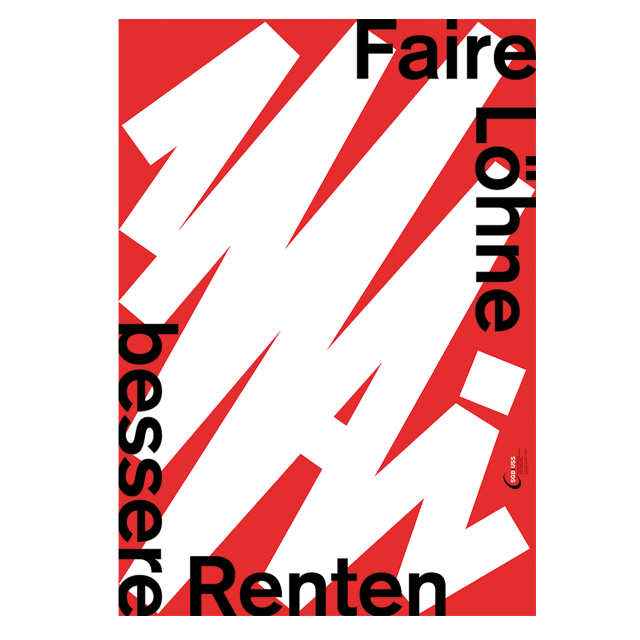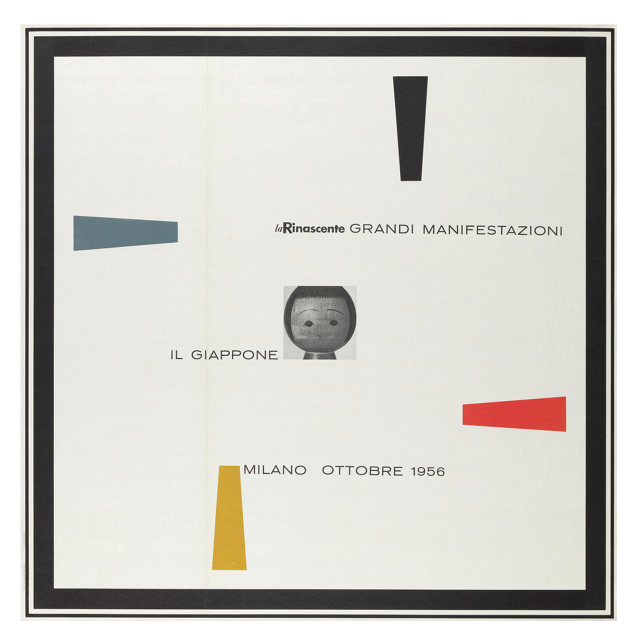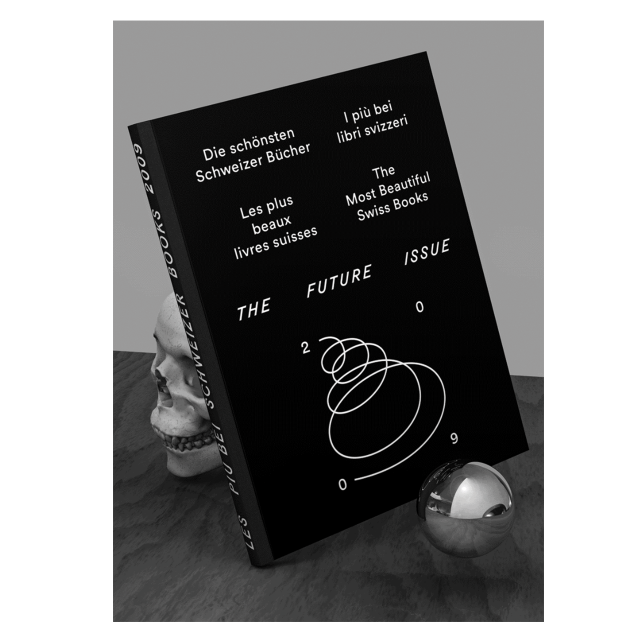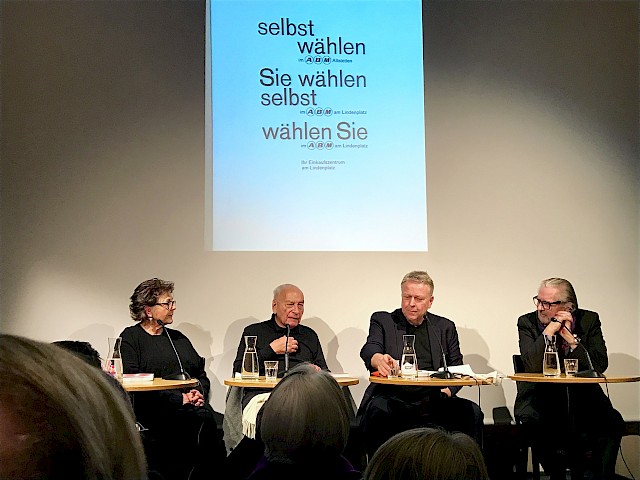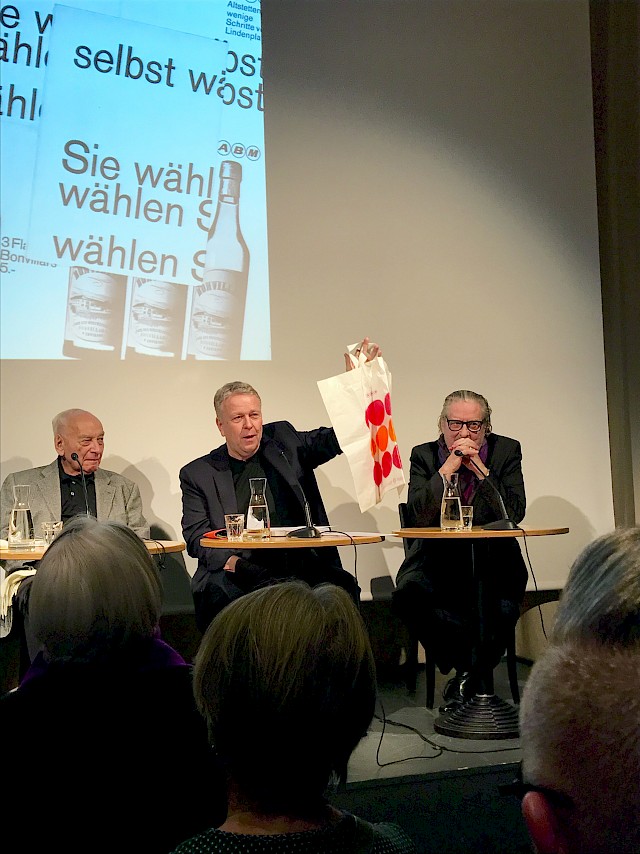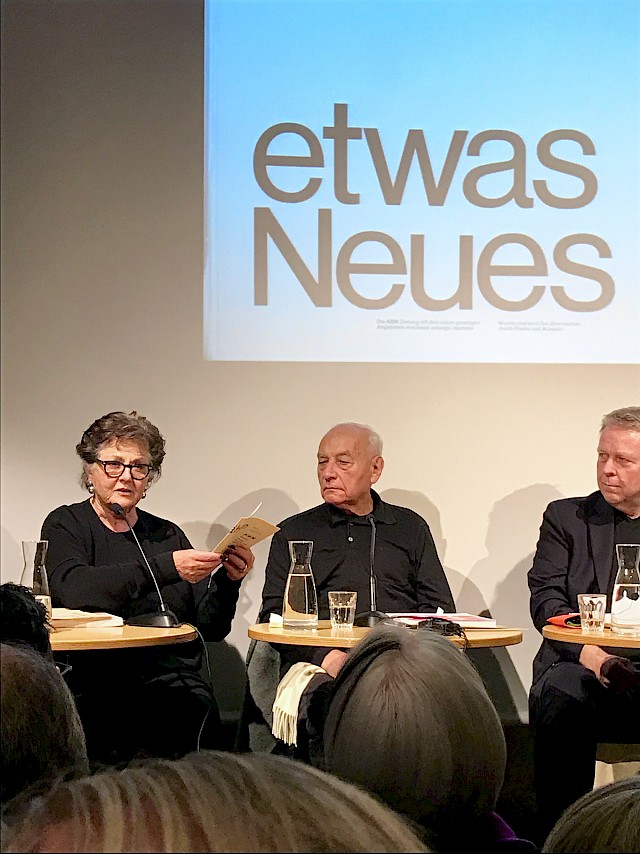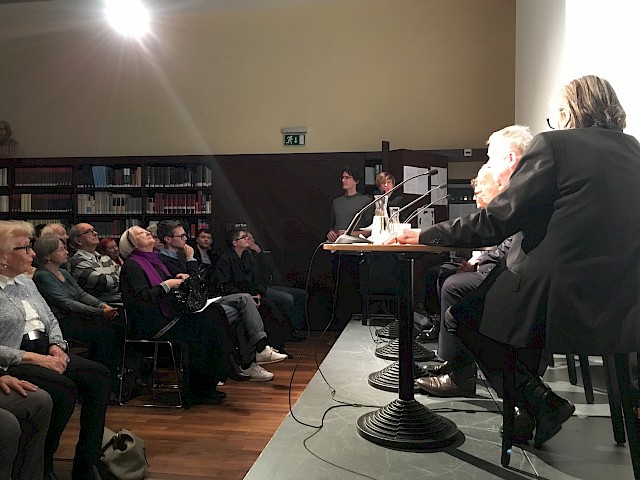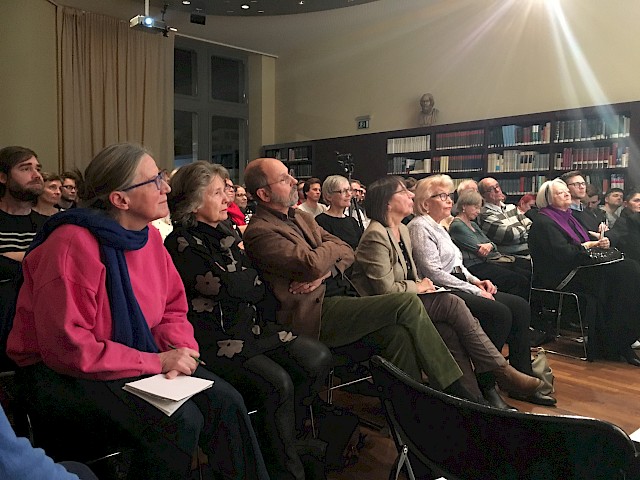“Werbung konkret” an oral-history-evening co-presented by SGDTR
Who does not remember the iconic plastic bag with its six pink and three orange circles – part of the audience from carrying it around by themselves, the younger part from a lecture or a book on Swiss graphic design history. But all in the crowded Literaturhaus Zürich on December, 8, 2016 were keen on learning more about the backgrounds that led to this unique collaboration between the Swiss retailer Au Bon Marché (ABM), the design studio Atelier E+U Hiestand and the author Eugen Gomringer. SGDTR is proud to have jointly prepared and presented this panel discussion with Eugen Gomringer, Ursula and Ernst Hiestand moderated by Martin Heller together with the Strauhof and the Vertiefung Visuelle Kommunikation ZHdK.
In the beginning the audience learned more about the roots of this cooperation and the network of involved stakeholders. Thus, Gomringer and Hiestands first met in the context of the Schweizerischer Werkbund (SWB) and started their collaboration in 1958/59, when Hiestands contributed the visual design and Gomringer the texts for the Swiss producer of abrasive paper SIA. The commission for designing ABM was given by Georges Cavelti, who run the retailer from 1963 to 1989, and closely accompanied by himself and Otti Weibl, head on the in-house marketing section and responsible for advertising, who was present in the audience and added some interesting insights to the discussion.
The panel also shed a light on the preconditions and objectives of the ABM communication. According to Hiestands and Gomringer, self-service shops were a new phenomenon of mass consumption in Switzerland. As a result “sales conversations with customers had to be led by the labels”, as Otti Weibl puts it. As there were no established forms of communication they could refer to, they had to create a new visual and textual language based on the business concept of ABM, which was to sell well-priced but high-quality clothing and household goods to a growing middle class. “They sold everyday objects not fashion items”, as Ursula Hiestand pointed out, which led to the stripped down but highly attractive aesthetics that were applied to countless means of communication, including the iconic plastic bag.


